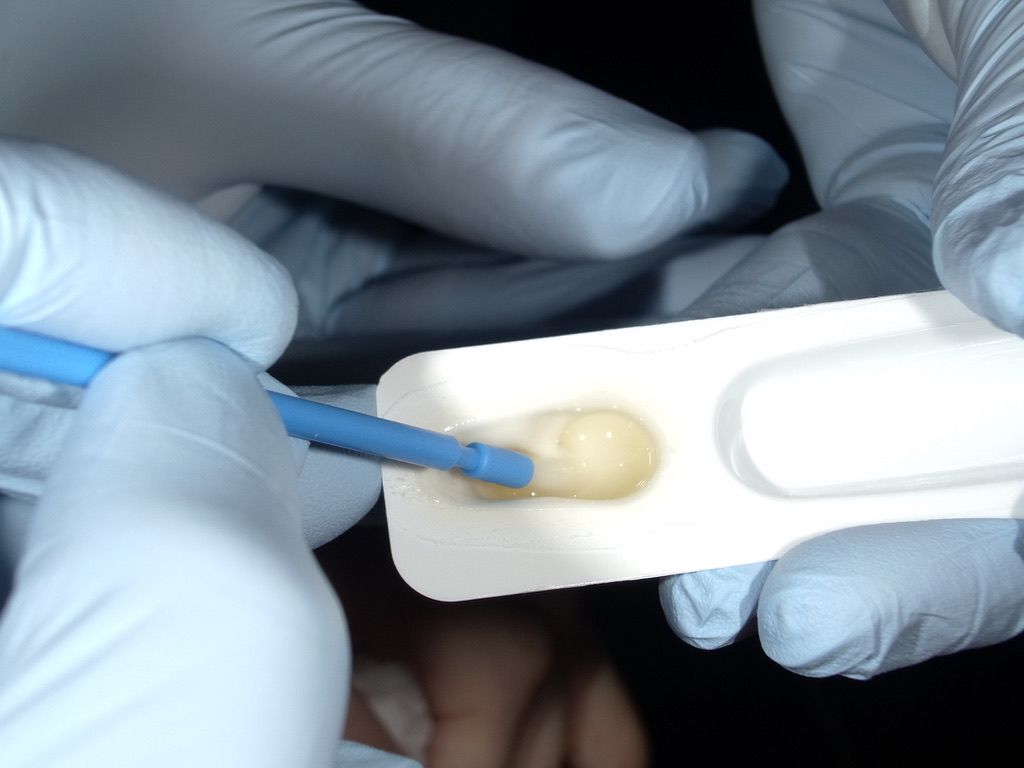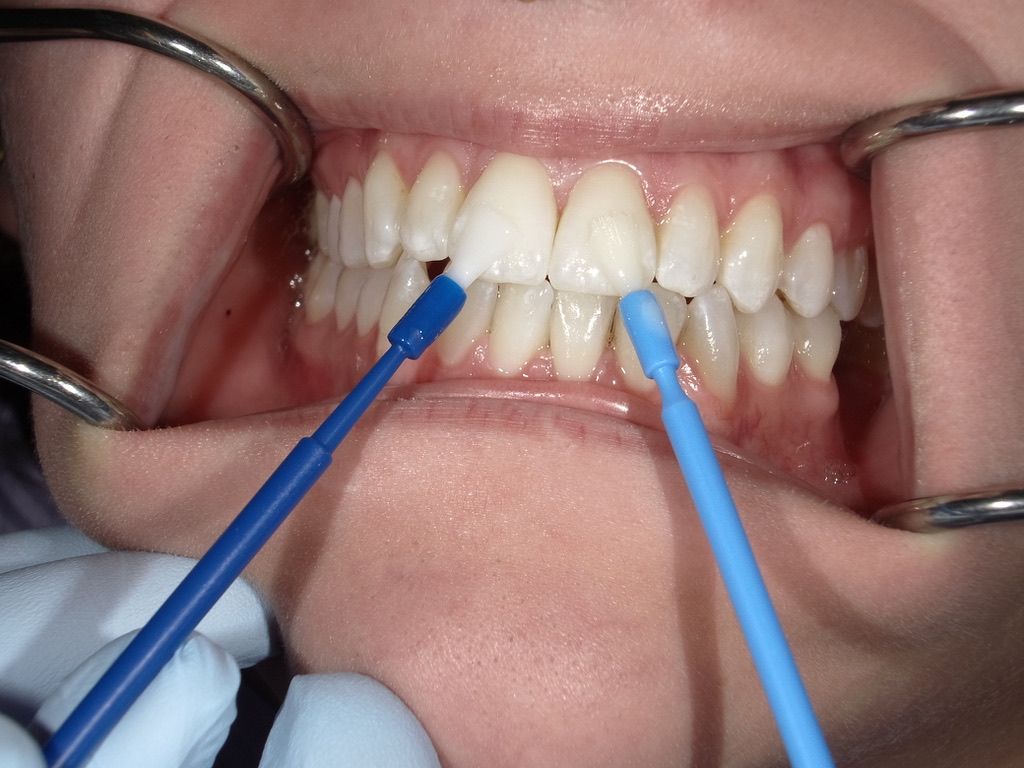A Comfortable, Patient-Friendly Way to Deal With the Gray Areas
This profession is full of gray areas. In the mouth, and (literally) in the radiographs, we are asked to make a distinction between perfectly healthy, fully mineralized, intact enamel and cavitated enamel requiring restorative intervention. While there are times where these distinctions are easy, we all must admit that there are several clinical occasions that we encounter daily where the surface of a tooth lies somewhere in the middle.
Let's take, for example, the following:
-
-
Stained margins around an old composite or crown
-
A patient with a high-acid oral environment
-
Radiographic graying of the enamel
-
A patient with a high sugar diet
-
Radiographic decayed enamel that doesn't extend to the dentin
While there are several practical clinical strategies to handle situations like the ones above, perhaps none is more accepted and well researched than regular topical application of a fluoride varnish. Several randomized controlled trials have supported and maintained the idea that regular application of fluoride varnish is an incredibly cost-effective and successful strategy to prevent the incidence or progression of decay, especially in high-risk populations.
Twenty years ago, the fluoride application that was most common consisted of foam trays with a fluoride gel, intended to bathe the teeth in fluoride for approximately 5 minutes. Patients were told not to eat for several hours after the appointment due to the toxicity of fluoride when consumed. Most patients and practitioners found this to be a cumbersome and messy treatment modality.
It was replaced in the past decade with the use of fluoride varnish, painted onto the teeth. This painted-on substance forms a sticky covering of the teeth and quickly hardens when exposed to saliva, which effectively delivers fluoride onto the enamel. Patients are allowed to eat immediately afterward, but in order to maintain effectiveness, it is required that they not brush off the material
for several hours. This was thought to be a superior alternative for most practitioners. The biggest drawback was the sticky, waxy feeling that sadly made the teeth feel less “clean” even though they just had a professional cleaning completed.
Kettenbach, a leader in the dental industry in providing high-performing materials in the fields of impression taking, cementation, and temporization, has recently introduced a new product, Profisil, a 5% sodium fluoride delivered in a mucosa-friendly, pleasantly flavored dimethicone gel. In contrast to other topical fluoride options, this particular product is free of colophony (rosin). As a result, this varnish is said to eliminate that uncomfortable, sticky feeling on the teeth post cleaning.
Profisil was given to 15 members of the Catapult Education product review team, who were asked to use this new fluoride varnish in typical clinical scenarios and compare the patient experience with that of their original fluoride varnish. The results are below. Almost all the Catapult reviewers used this product on 10 or more patients. Several indicated that they used the product on themselves and
on their dental teams. As a result, many had the opportunity to test the product in a variety of clinical scenarios and oral environments.
Areas of evaluation and results are as follows:
73% Reported Excellent
13% Very Good
60% Reported Excellent
20% Very Good
80% Reported Excellent
6% Very Good
73% Reported Excellent
6% Very Good
73% Reported Excellent
6% Very Good
73% Reported Excellent
13% Very Good
The patient reaction to the varnish was 64% excellent and 21% very good, with 1 evaluator commenting, “perfect balance of taste and stickiness. Very well received by all.” Another commented, “Berry flavor is wonderful!" Zero percent of survey respondents reported
that there were any adverse effects of the topical application. When asked to compare the Profisil product with what these clinicians were already using, almost every evaluator reported that this material was either similar or superior, with most remarking that the material is simply more comfortable, is less sticky, and tastes better. Of the survey respondents, 85% would recommend Profisil to a colleague and 70% intend to immediately incorporate this product into their practice.







